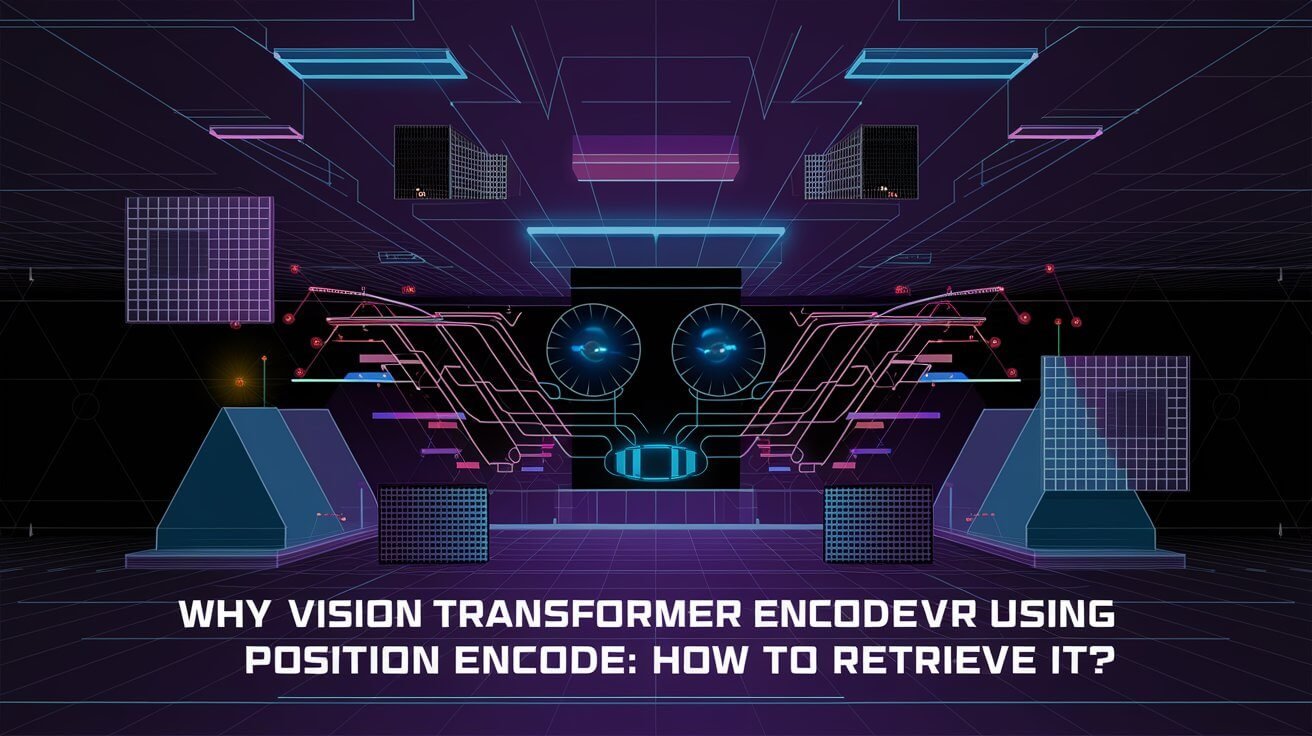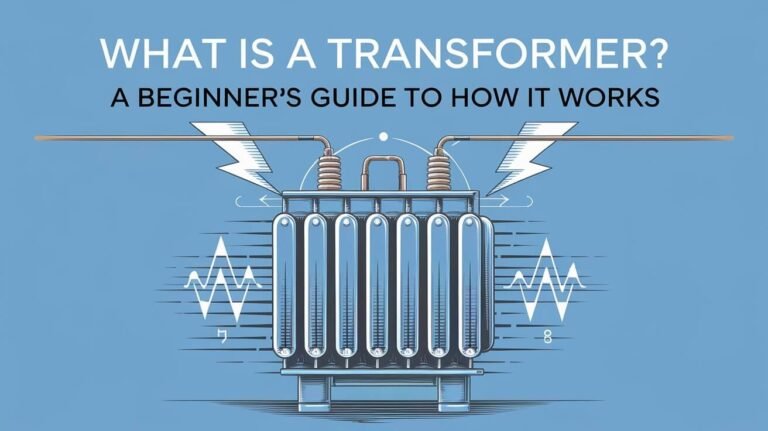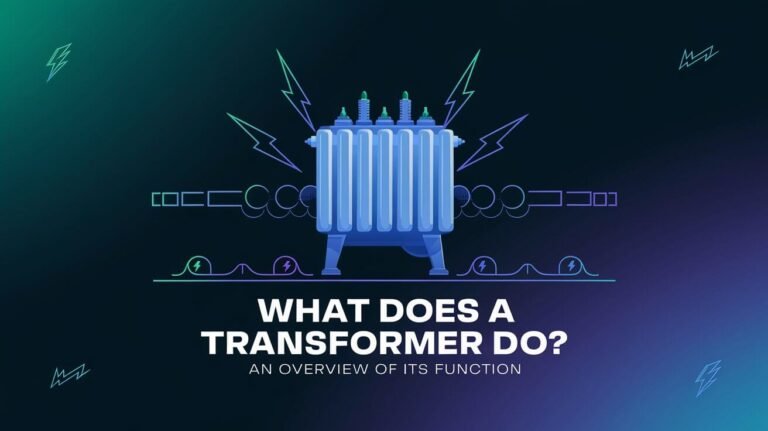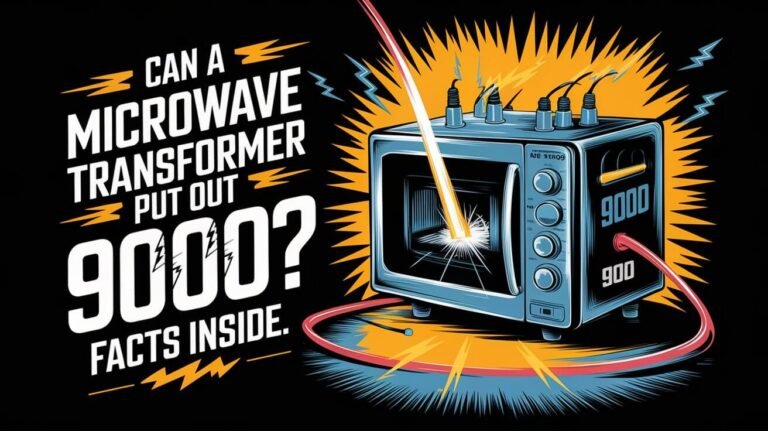
Vision Transformers are new neural networks for understanding images. They use the Transformer model, which was first made for text. This change is big because old methods, like Convolutional Neural Networks, were used for images.
The Vision Transformer works by breaking images into small parts. It then flattens and turns these parts into vectors. This lets the Transformer model understand where each part is in the image. This is key for finding images in a database.
Vision Transformers are different from old image processing methods. They split images into patches and turn them into vectors. This lets them use position encoding and self-attention. These tools help the model learn about the whole image, not just parts.
This way, Vision Transformers can find images better than old methods. They use position encoding to help with this.
Position Encoding Fundamentals in Vision Transformers
Vision Transformers use position encoding to keep spatial information when working with image patches. This is key because the transformer architecture doesn’t naturally understand image structure. By adding positional encoding to patch embeddings, the model learns how different parts of the image relate to each other.
The method involves splitting input images into fixed-size patches, like 16×16 or 32×32 pixels. Then, position encoding is added to these patches before they go through the transformer encoder layers. This helps the model grasp global dependencies and contextual info in the image, leading to better predictions.
Core Components of Position Encoding
Position encoding is vital for Vision Transformers. It handles spatial info processing and feature extraction. This lets the model understand image parts’ relationships, making predictions more accurate.
Spatial Information Processing
Spatial info processing is a big part of position encoding in Vision Transformers. The model uses this to grasp the image’s spatial structure, including object and region relationships. This is done by adding a fixed vector to each patch embedding based on its image position.
Role in Image Feature Extraction
Position encoding is key in extracting image features. It adds positional info to patch embeddings, helping the model learn task-specific features. This boosts the model’s performance and accuracy in tasks like image classification or object detection.
Architecture Elements of Vision Transformer Systems
Vision Transformers (ViTs) have become popular in computer vision. They process images as sequences of patches. This is done through transformer encoder layers.
The ViT architecture uses a self-attention mechanism. It captures long-range dependencies in images. This helps the model understand the relationships between different parts of the image.
The transformer encoder layers are key in ViTs. They process the patch sequences. This captures spatial relationships between them.
- Dividing the input image into fixed-size patches and linearly embedding them
- Applying positional encoding to convey information about the relative positions of the patches
- Processing the patch sequences through transformer encoder layers to capture long-range dependencies
The self-attention mechanism in ViTs lets the model focus on relevant parts of the input. This makes ViTs more efficient and accurate than traditional CNNs. Some ViTs have even set new records in image classification and object detection.
| Model | Top-1 Accuracy on ImageNet-1K | Box AP on COCO Detection Task | mIOU on ADE20K Semantic Segmentation Task |
|---|---|---|---|
| CSWin Transformer | 85.4% | 53.9 | 52.2 |
Position Encode Mechanisms for Visual Data
Vision Transformers use special ways to handle visual data. They use two main methods: absolute and relative position encoding. Absolute encoding gives each patch a unique spot. Relative encoding looks at how each patch relates to others.
Sinusoidal functions help encode each patch’s position. This method gives each spot a unique code. It helps the model see how patches are connected and understand complex images.
Some key ways to encode positions include:
- Absolute position encoding using sinusoidal functions
- Relative position encoding using convolution-like sliding windows
- Spatial hierarchy implementation using multi-scale feature extraction
These methods boost Vision Transformers’ performance in tasks like image recognition and object detection.
| Position Encoding Mechanism | Description |
|---|---|
| Absolute Position Encoding | Assigns a unique position to each patch using sinusoidal functions |
| Relative Position Encoding | Considers the position of each patch relative to others using convolution-like sliding windows |
| Spatial Hierarchy Implementation | Enhances the model’s ability to recognize objects and their relationships using multi-scale feature extraction |
Mastering these encoding methods, Vision Transformers can handle visual data well. They achieve top results in many computer vision tasks.
Image Patch Processing Pipeline
The Vision Transformer’s image processing depends on its pipeline. It divides the image into image patches. These patches are then turned into patch embeddings for the transformer’s self-attention.
Creating patch embeddings is key. It lets the model see both local and global details in the image. The linear embedding transforms patch data into a higher space. This helps the model understand patch relationships better.
Some important steps in the pipeline are:
- Dividing the input image into non-overlapping image patches
- Creating patch embeddings through a linear embedding process
- Applying positional encoding to preserve spatial information
The patch embeddings then go into the transformer encoder. There, they get self-attention and feedforward neural network transformations. This lets the Vision Transformer spot complex patterns and relationships in images. It’s great for tasks like image classification and computer vision.
Why Vision Transformer Using Position Encode How To Retrieval It: Technical Deep Dive
Vision Transformers (ViTs) have made a big splash in image retrieval. They use positional encoding in their input embeddings. This lets ViTs understand the spatial relationships between patches and learn about the image’s context.
The encoding matrix is key in this process. It helps the model grasp where each patch is in the image.
Retrieval process has several steps. First, the encoding matrix is formed to capture spatial info. Then, it’s used to help the model find images efficiently and accurately. To get better results, you can tweak the encoding matrix or try different retrieval methods.
Encoding Matrix Formation
The encoding matrix is made by adding positional encoding vectors to patch embeddings. This step injects location knowledge into the model. It lets the model see where each patch is and how patches relate to each other.
Retrieval Process Steps
The retrieval process has a few key steps:
- Creating the encoding matrix with positional encoding vectors
- Mixing the encoding matrix with patch embeddings
- Using these embeddings to find images
Performance Optimization Techniques
To boost performance, you can try a few things:
- Adjusting the encoding matrix to better understand patch relationships
- Exploring different retrieval algorithms for better efficiency and accuracy
| Technique | Description |
|---|---|
| Encoding Matrix Adjustment | Changing the encoding matrix to enhance patch relationships |
| Retrieval Algorithm Optimization | Trying out different retrieval algorithms for better results |
Real-World Applications of Position-Encoded Transformers
Vision Transformers have made a big splash in computer vision. They excel in tasks like image classification, object detection, and image segmentation. These models outperform traditional CNNs by learning complex patterns in images.
Some of the key applications of Vision Transformers include:
- Image classification: Vision Transformers have been shown to excel in image classification tasks, even with large datasets like ImageNet.
- Object detection: Their use of position encoding boosts object detection accuracy. This makes them great for tasks like autonomous driving and surveillance.
- Image segmentation: Vision Transformers also shine in image segmentation. They perform better than traditional CNNs in areas like medical imaging and satellite analysis.
These applications show Vision Transformers’ huge promise in computer vision. Their ability to learn from large datasets makes them a valuable tool for many tasks.
| Application | Description |
|---|---|
| Image Classification | Vision Transformers have been shown to excel in image classification tasks, even with large datasets like ImageNet. |
| Object Detection | The use of position encoding in Vision Transformers has improved object detection accuracy, making them suitable for applications like autonomous driving and surveillance systems. |
| Image Segmentation | Vision Transformers have also been used for image segmentation tasks, such as medical imaging and satellite imagery analysis, where they have demonstrated superior performance compared to traditional CNNs. |
Data Management Through Position-Aware Systems
Vision Transformers can handle images of any size without resizing. This makes them versatile and adaptable to various datasets. They are great for sequential processing, where images are processed one by one.
In parallel computing, Vision Transformers use position encoding to manage resources well. This helps the model process big datasets fast and efficiently. It’s perfect for applications needing quick image processing.
Advantages of Sequential Data Processing
Sequential data processing in Vision Transformers has many benefits. It improves performance and cuts down on computational needs. By focusing on one image at a time, the model uses less memory and resources.
Integration of Parallel Computing
Adding parallel computing to Vision Transformers makes it fast and efficient for large datasets. It uses position encoding to manage resources well. This makes it great for applications needing quick image processing.
| Model | Dataset | Performance |
|---|---|---|
| RO-ViT | LVIS | 33.6 box average precision |
| RO-ViT | MS COCO | Outperformed state-of-the-art CoCa model |
Position Encoding Impact on Model Performance
Position encoding greatly affects Vision Transformers. It boosts model accuracy, efficiency, and scalability. It helps the model grasp long-range image details, leading to better performance.
Research shows that positional encoding can enhance image captioning by up to 24.1%. It tackles the large-vocabulary problem, which causes instability and poor results. This makes Vision Transformers more efficient and scalable for large datasets.
Key advantages of position encoding in Vision Transformers include:
- Improved model accuracy through better capture of long-range dependencies
- Enhanced computational efficiency through reduced gradient instability
- Increased scalability through ability to process large-scale image datasets
Position encoding significantly improves model performance. Its benefits are seen in tasks like image captioning and language modeling. By using positional encoding, developers can build more precise, efficient, and scalable models for complex tasks.
| Model | Model Accuracy | Computational Efficiency | Scalability |
|---|---|---|---|
| Vision Transformer with Position Encoding | Up to 24.1% improvement | Reduced gradient instability | Ability to process large-scale image datasets |
| Vision Transformer without Position Encoding | Poorer performance due to large-vocabulary problem | Lower computational efficiency | Limited scalability |
Final Verdict
Position encoding is key to Vision Transformers (ViTs) success in computer vision. These future developments in ViT tech have shaken up the field. They’ve also opened doors for ViT advancements that promise a lot for tomorrow’s computer vision trends.
ViTs can spot global connections and long-range interactions in images. This has made a big difference in tasks like image classification and object detection. They’ve changed how we see and work with images, leading to new ideas and discoveries.
As computer vision keeps growing, we’ll see more future developments in position encoding. We’ll see better handling of spatial info and more efficient computing. These ViT advancements will shape the computer vision trends of the future.
Problem FAQs
What is the fundamental difference between Vision Transformers (ViTs) and Convolutional Neural Networks (CNNs)?
Vision Transformers (ViTs) see images as sequences of patches. On the other hand, CNNs work on the whole image at once.
How does position encoding help maintain spatial information in Vision Transformers?
Position encoding is key in ViTs. It keeps the spatial relationships between image parts intact when processing patches.
What are the essential components of position encoding in Vision Transformers?
The main parts of position encoding include making the encoding matrix and the steps to retrieve it. There are also ways to make it more efficient.
What are the different position encoding mechanisms used in Vision Transformers?
Vision Transformers use both absolute and relative position encoding. They also handle the spatial hierarchy in images.
How do Vision Transformers process image patches?
They divide the image into patches, make patch embeddings, and apply linear embedding. Position encoding is key to keep spatial info.
Why is position encoding important for image retrieval in Vision Transformers?
Position encoding is vital for efficient and accurate image retrieval. It helps form the encoding matrix and the retrieval steps.
What are the practical applications of Vision Transformers that leverage position encoding?
Position-encoded Vision Transformers are used in tasks like image classification, object detection, and image segmentation. They have a big impact in real-world applications.
How do position-aware systems like Vision Transformers manage data efficiently?
ViTs use sequential data processing and parallel computing. Position encoding is key in optimizing resource use and data management.
What is the impact of position encoding on the performance of Vision Transformers?
Position encoding greatly affects the accuracy, efficiency, and scalability of ViTs. It helps them handle large image datasets well.




